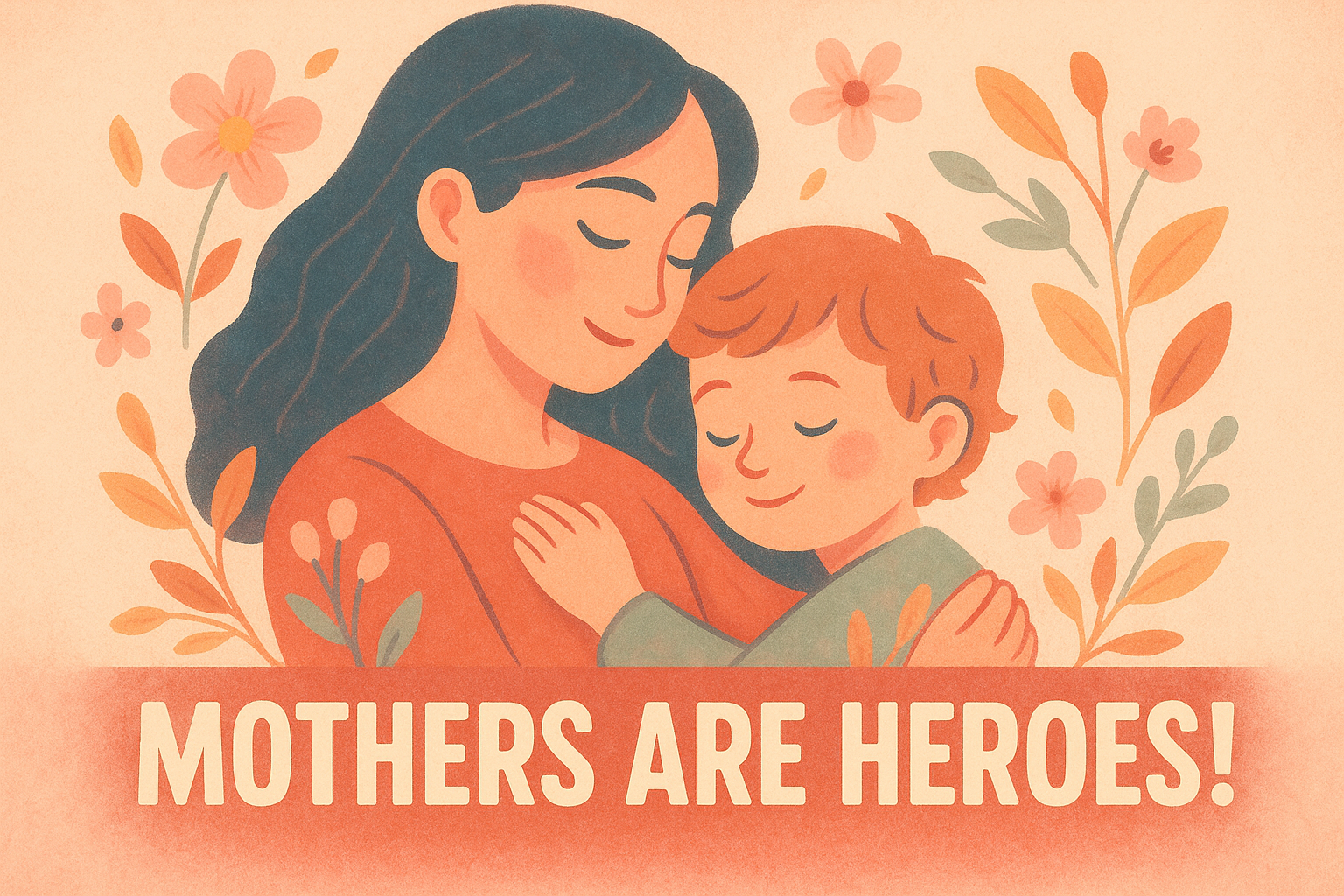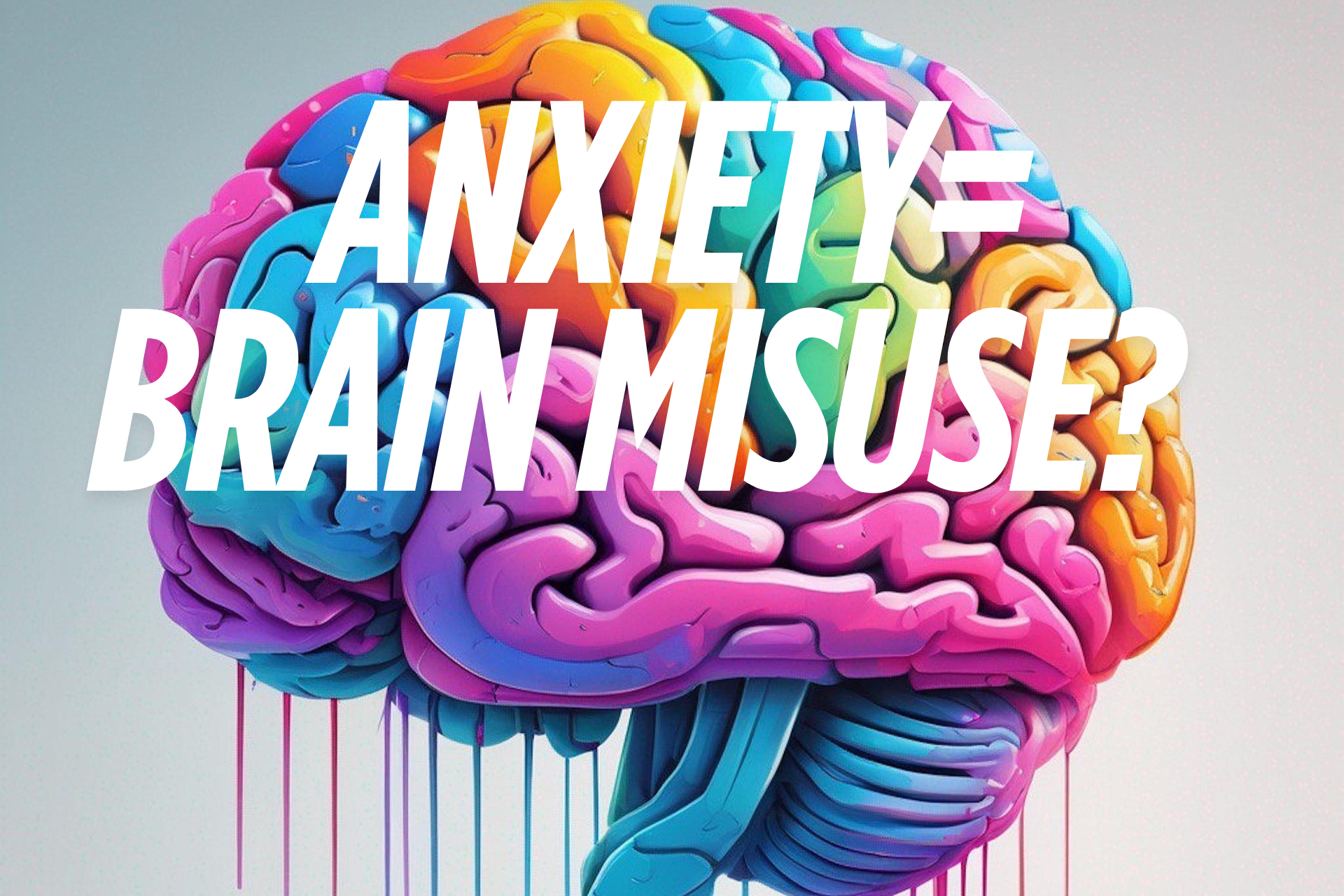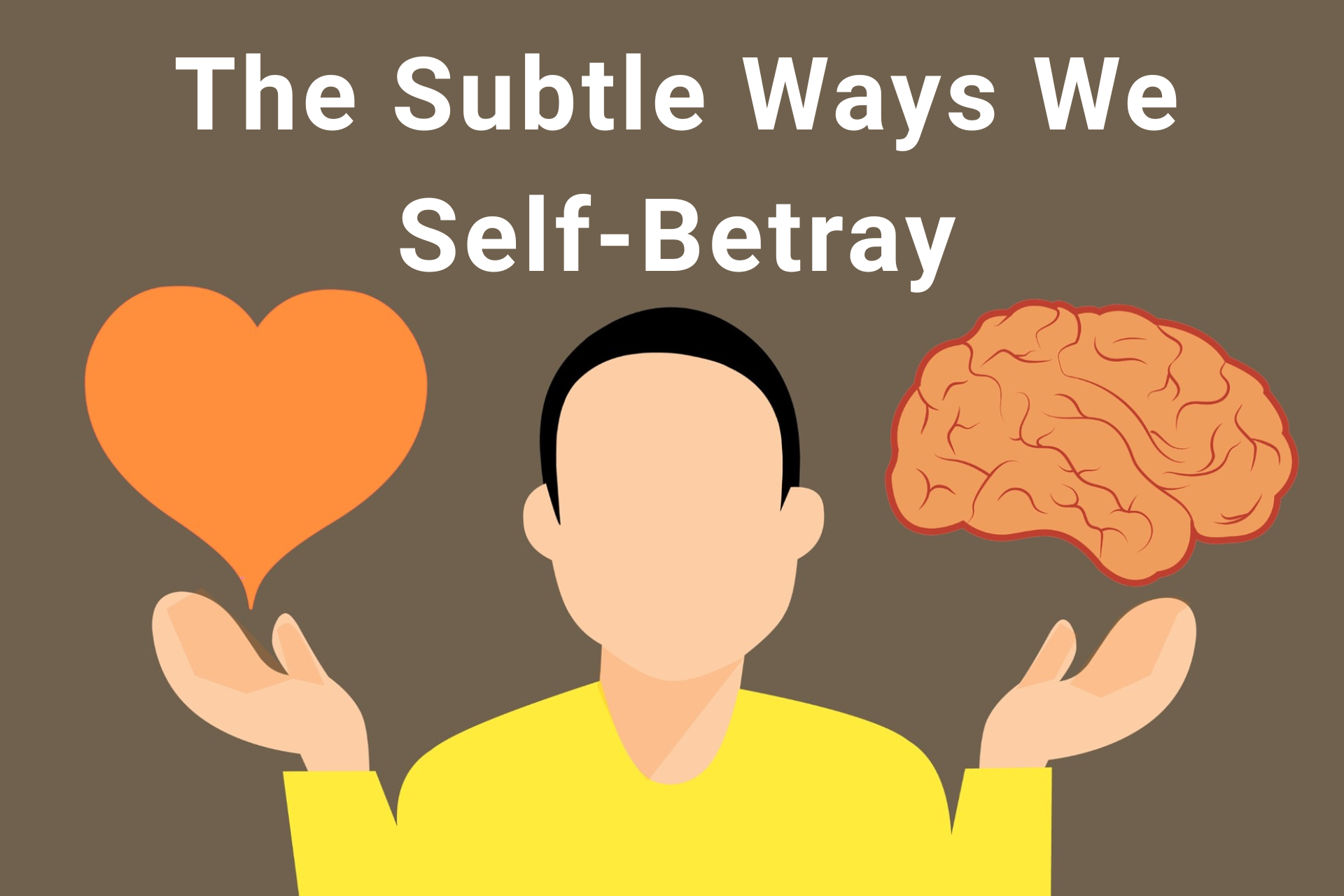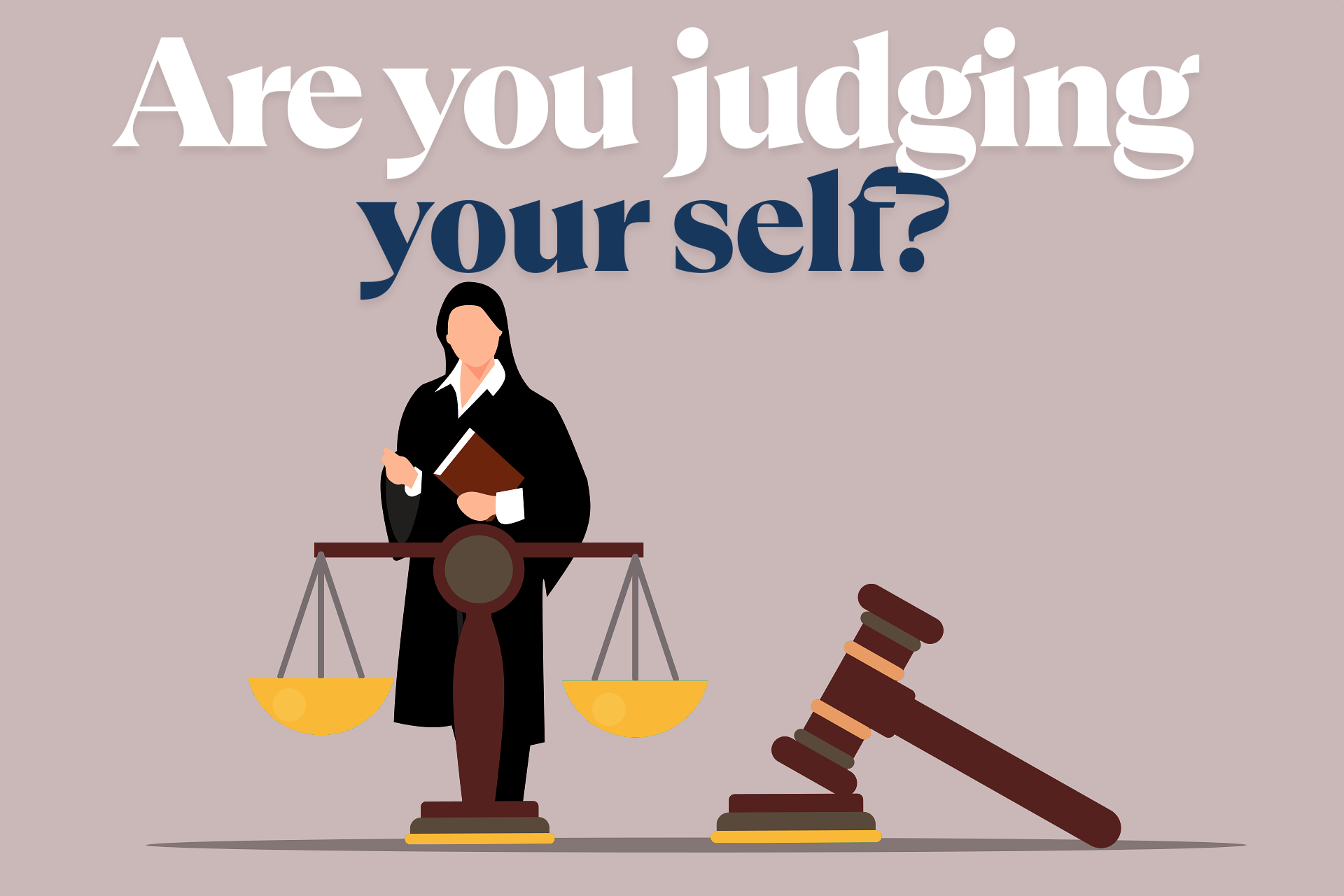
From Self-Judgment to Self-Compassion
Recently, I was reflecting on what wisdom would I share with my 20-Year-Old Self? Would she even listen? Would she be able to absorb the wisdom—or have the resources to apply it in her life?
It’s easy to reflect on our past choices and decisions and think: “I should have done this differently,” or “I should have taken that step instead.” But what we often fail to recognize in those moments is the level of resourcefulness our younger self actually had at the time.
We judge our younger self from a place of greater emotional stability, increased life experience, and a broader set of tools. Rarely do we hold space for how vulnerable we may have been days or years ago.
This state of self-judgment keeps us stuck. It disconnects us from ourselves and traps us in cycles of shame and anxiety. It blocks self-empathy and self-compassion—and ultimately, it blocks the space we need to grow and to think in more complex, nuanced ways.
While this kind of knee-jerk self-judgment is natural, it can be softened—significantly—through the practice of self-attunement.
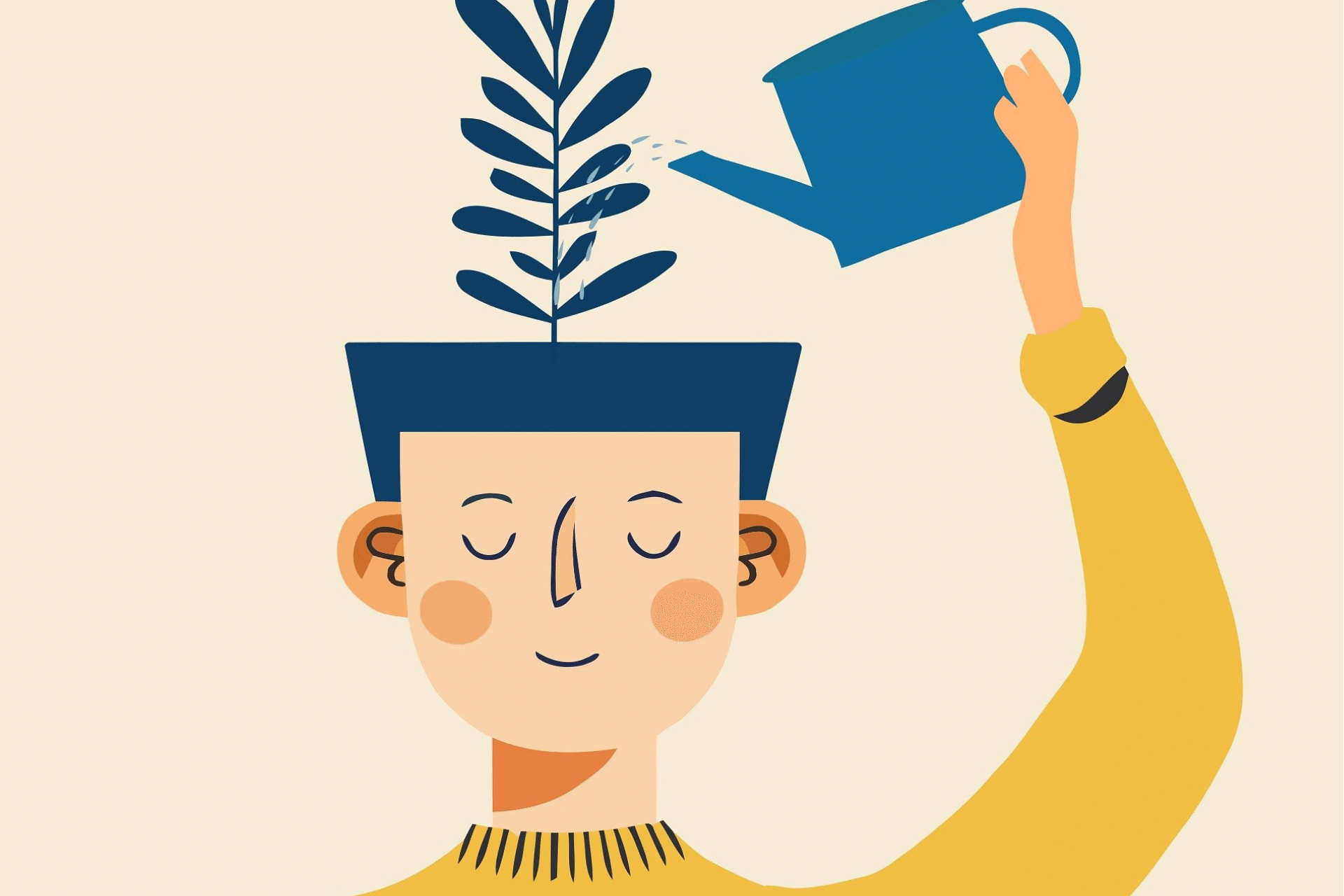
Steps for how to shift from Self-Judgment to Self- Compassion:
Step 1: Acknowledge that self-judgment is universal.
Everyone has moments where they are critical of their past.
Step 2: Notice the thoughts.
What comes up when you reflect on your younger self?
Thoughts like “I was so stupid,” or “What an idiot, I should have known better,” are common.
Step 3: Tune into your emotions.
What do you feel when you revisit those moments? Beneath the anger or frustration, there’s often something more vulnerable—shame, fear, anxiety. Simply naming those emotions is a powerful act of regulation. If the feelings are intense, use an emotional regulation practice (see Part 2 of this blog) to ground yourself.
These steps build self-awareness.
4. See Your Younger Self More Clearly
This step involves developing a compassionate distance—not to detach, but to gain perspective.
To do this, ask yourself the following questions:
- How was my younger self different in terms of resources?
- What were their supports like—emotionally, financially, socially?
- What was their age, experience, education, or access to community?
- Were they navigating trauma or neglect, recently or in childhood?
- Did they have any emotional regulation skills at that time?
These reflections help shift from judgment to understanding. They foster self-attunement, deepen connection, and invite acceptance. They open the door to empathy and compassion, instead of blame and shame. They help you see your past—and yourself—with greater complexity.
Once you’ve mastered applying these steps to yourself, you can transition to applying it outward—to others. Once you can hold yourself in compassion, you’ll have a clearer, more grounded lens through which to view others with more understanding and empathy.
Reflection Questions to deepen your practice:
- When have I judged myself harshly without acknowledging the vulnerability I carried at the time?
- What resources do I have now that I didn’t have back then?
If this process feels difficult or stirs strong emotions, know that you don’t have to do it alone.
This is the kind of work I support clients with in counselling—creating space for emotional clarity, self-connection, and healing. If you’d like to explore this further, I’d be honoured to walk alongside you.
I am here to help you thrive in every relationship – starting with yourself.
Viktoria





